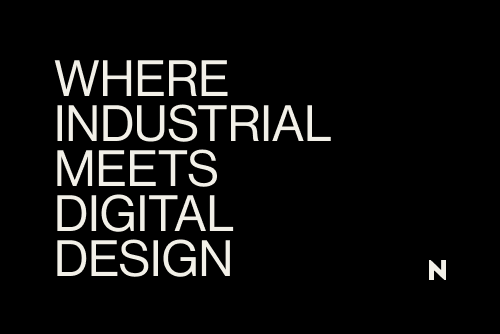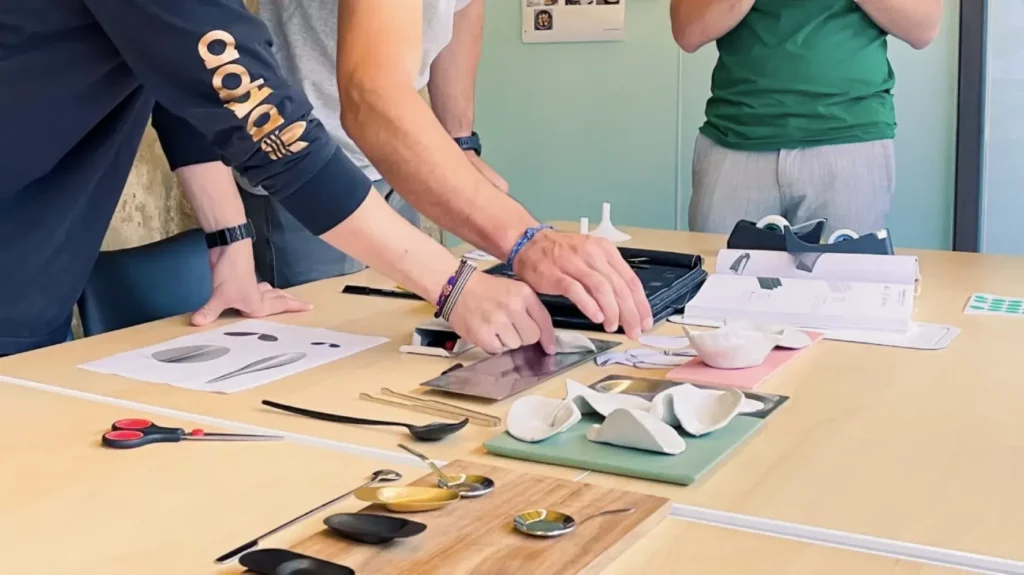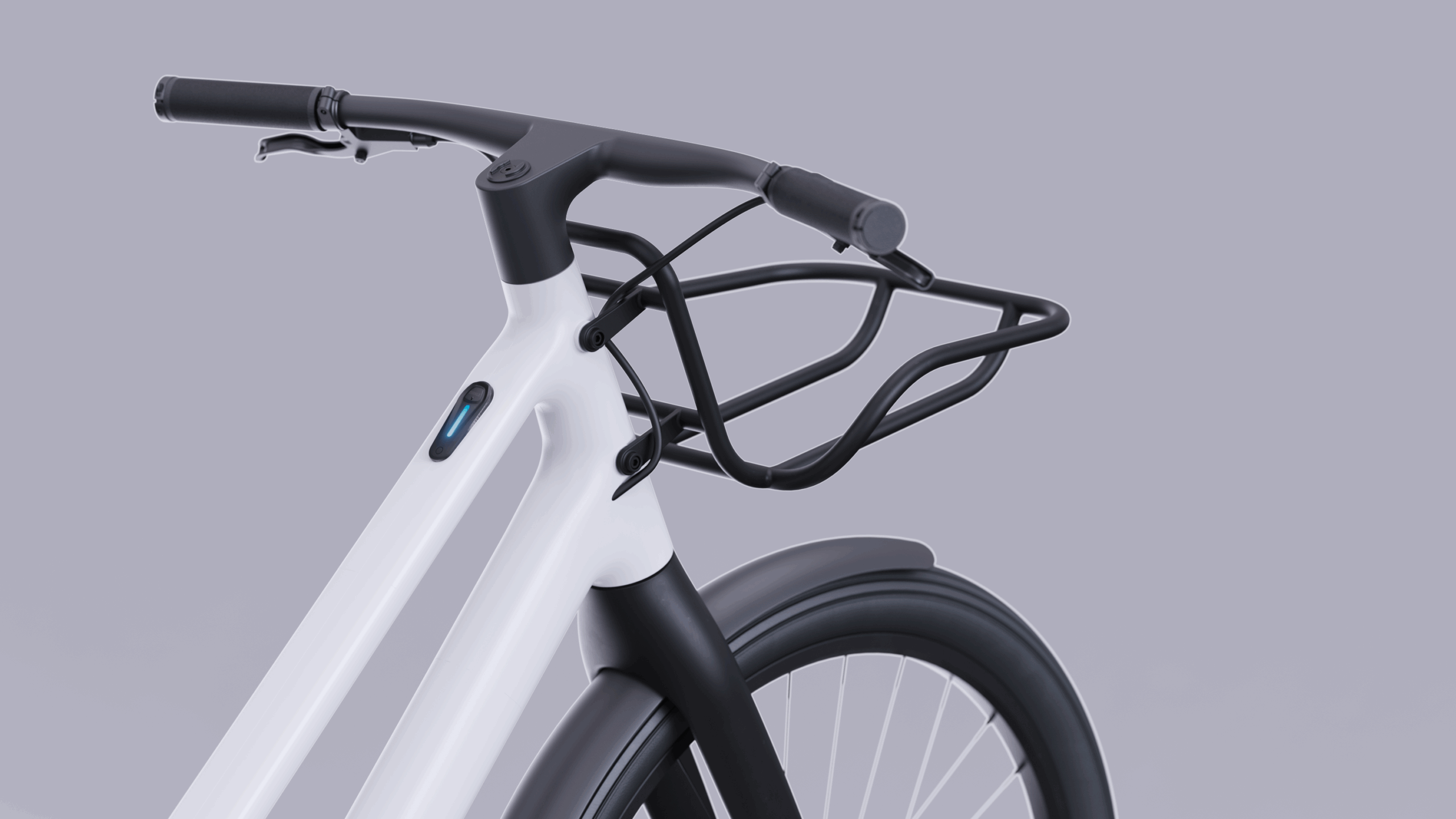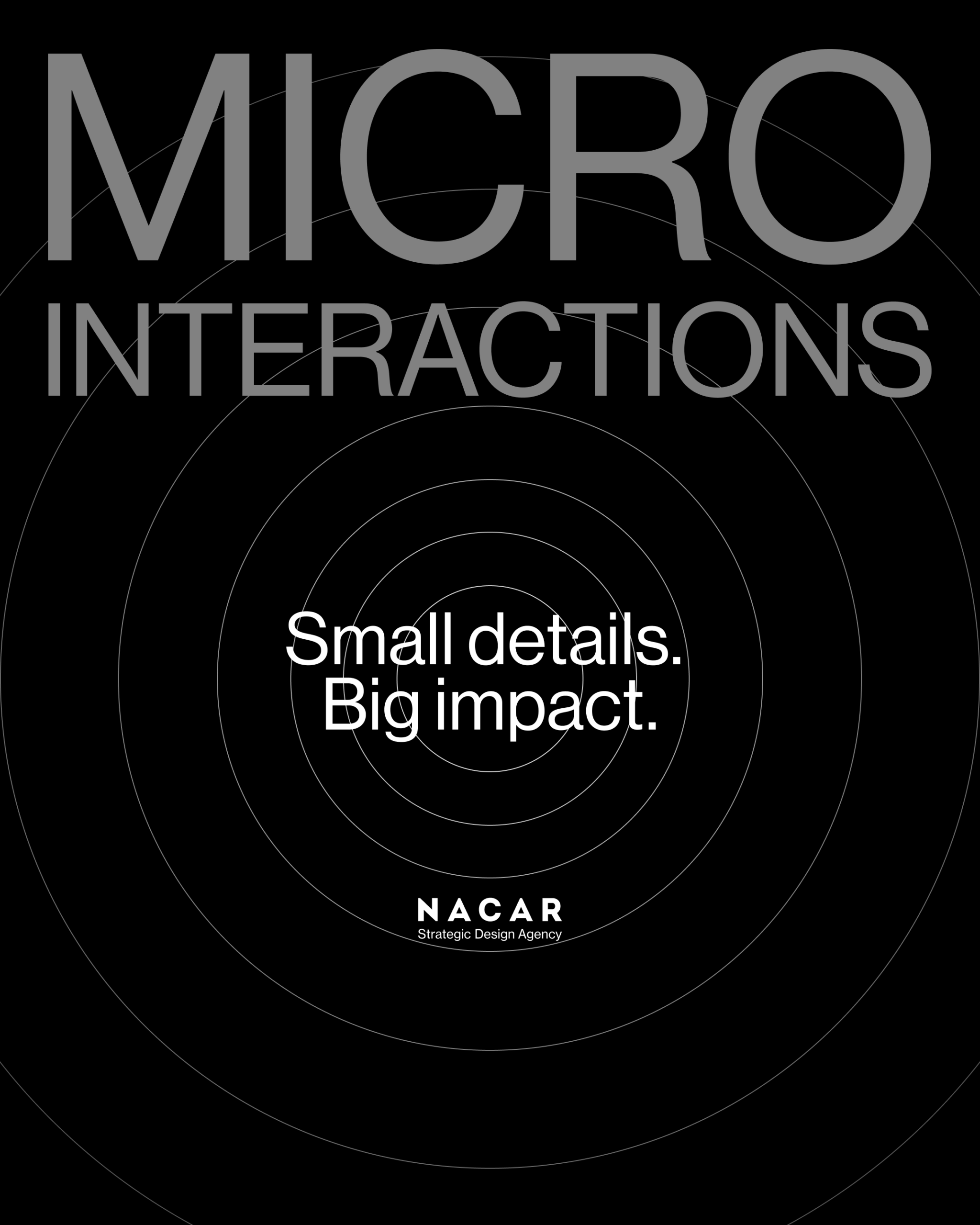
Steps of the product design process
- Nacar Design
Have you ever wondered what principles guide people when choosing a particular product? Seventy percent of buyers agree that the appearance of the product usually has a significant impact on their decision.
Therefore, we can infer that the visual component is one of the criteria that determines its competitiveness. In a market as highly competitive, a careful and attractive design becomes especially crucial. In this post we will see what exactly product design consists of and we will do it this time with a more software oriented approach.

Key elements of product design
We propose two approaches to address this question: a global perspective and a holistic viewpoint. The first considers:
1. Usability
2. User Experience
3. Aesthetics
4. Sustainability
5. Manufacturing Cost
6. Production Efficency
7. Technology
The holistic approach integrates design, business, and societal considerations, prioritizing usability, aesthetics, and technology from a design standpoint, while also focusing on production efficiency, cost, and sustainability. In both approaches, we prioritize the client's objectives, tailoring our approach accordingly to each project's specific purpose.
Requirements for product design
As for the requirements for the product design, it all depends on the selected target audience. There are two approaches: in the first option, the product is designed for a broad audience and it is difficult to determine specifically who the users will be. In this case, the requirements are more "fuzzy". For example, the product must be compatible with the latest versions of the most popular operating systems, be compact, work quickly, and address user needs (an obvious requirement), among others.
The second option involves clear customer requirements for the product design, usually presented in the form of a requirements specification. Typically, the development company should present several wireframes representing possible designs, meeting all the requirements, so that the customer can choose the option that best suits his preferences.
Steps of the product design process
The product design process consists of ten crucial steps, ensuring a systematic and effective approach.
Product definition
Post-brainstorming, the focus is on outlining general product expectations and requirements. This abstract list guides the team’s future activities without prescribing exact development guidelines.
User research
This step involves in-depth research, including market analysis, competitive assessment and trend identification. Marketers and analysts create portraits of customers, detailing their demographics, needs and desires, crucial to shaping the final product.
Sketching
Large projects benefit from preliminary sketches, which align the search direction with the customer before delving into detailed design. Sketches streamline the concept selection process and facilitate further composition, design and refinement.
Prototyping
Creating a prototype, or the “skeleton” of the product, is essential to demonstrate functionality and user interaction. This step helps catch bugs early, saving time and resources in the long run.
Specification gathering
Involves a detailed review of requirements and solutions, delineating responsibilities, timelines and costs. These specifications serve as essential documents during product development.
Production of factory samples
The production of pre-production samples gauges the feasibility and attractiveness of the product. In the case of physical products, this step evaluates the capabilities of the manufacturing departments, while in software it involves the creation of MVPs (wireframe applications).
Sample testing
Start of production/development
With a complete set of technical specifications, tasks, responsibilities, timelines and budget, the actual manufacturing or development begins. Agile methodologies such as Scrum or Kanban are often used in software development.
Quality assurance
That's all for this post, we hope you liked it and we'll see you another time. See you next time!

